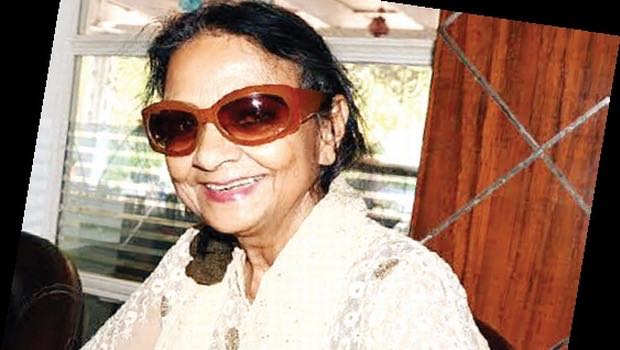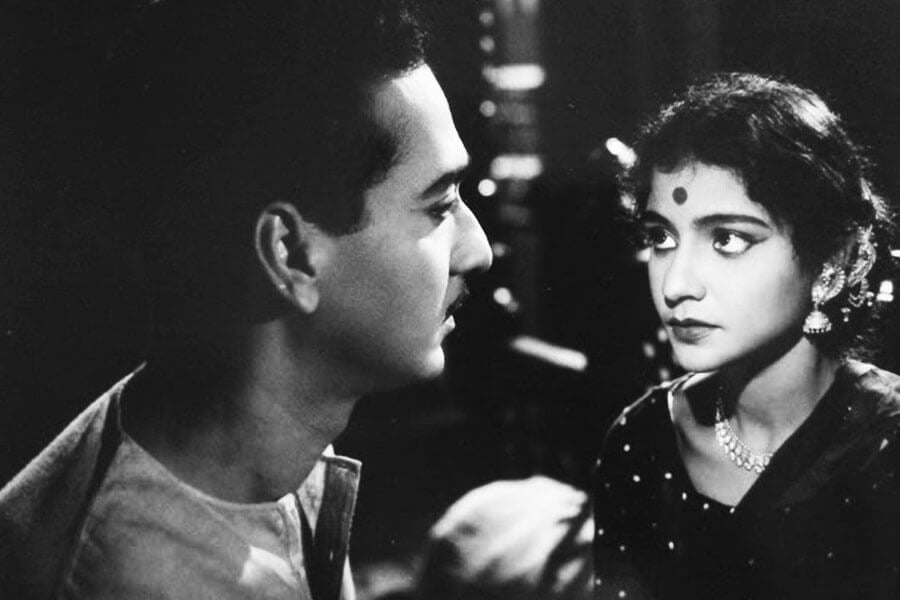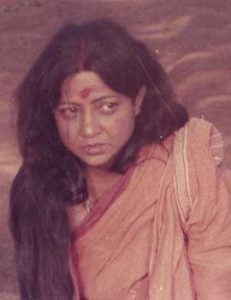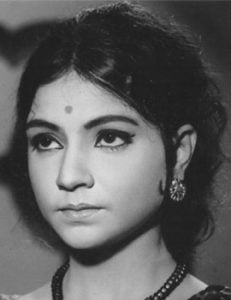Bhubaneswar: It has already been 11 days, since Parbati Ghose, a legend in Odia film industry – first woman director and producer, left for her heavenly abode. Her acting skill was appreciated at par with national level. No other heroine in Odia film industry has been able to match her immense and powerful performance on screen. A time when few women dared to join the industry, she got the support from her parents to work in the industry. It was after her entry into the industry, the perception towards actresses changed. She was the first lady to have come to the industry, from what society’s ‘respectable family background’.

Born to a middle class family in Cuttack, Odisha, Chapala Nayak, later named Parbati Ghose was one of the eight siblings. Her childhood was surrounded with rich literature and culture of Odisha as her father Basudev Naik was working in a press where the books of noted Odia writers were published. She got an opportunity to read the best wrtings of Kanhu Charan Mohanty, Gopinath Mohanty. Her brush with Odia literature since childhood helped her to understand a character better while exhibiting a role in later part of her life. Her mother Sebati Naik, a housewife, had always encouraged her to pursue cultural and academic ambitions. Her acting skill was noticed since her school days. She took dancing lessons from exponents like Guru Kelucharan Mahapatra, Guru Dayal Sharma, Guru Suresh Routray. After getting married to another legend Gour Prasad Ghose, Parbati Ghosh she decided to work only opposite her husband. She was much adored at the peak of her career and was showered with numerous awards and accolades. She exhibited great strength and overcame her share of hurdles and carried on with the production house even after the demise of her husband Gour Ghose.

She carved her name as a successful actress, director and producer in all the years to come. In her later part of life, she introduced many new talents to the industry. Her debut as a child artiste in ‘Shree Jagannath’ released in 1950 was appreciated by all. She played the character of Nilamadhava (as a child) while Gour Ghose was playing the role of Vidyapati. After huge success of Shree Jagannath, a star was born and she played the female protagonist in ‘Amari Gaan Jhia’ opposite Gour Ghose in 1953. The story dealt with the perils of child marriage and audience appreciated Gour-Parbati as a romantic pair.

In 1956, Gour Ghose turned producer and Parbati played the lead in ‘Bhai Bhai’ which gave her immense scope to get in touch with not only film personalities but also some influential people in political and social circle.
Her next lead role was in ‘Maa,’ released in 1959. The year was significant as she married to Gour Ghose.

Her film ‘Laxmi’ released in 1962 received National Award for Best production and acting in regional category. The film also bagged Film Journalist Award.
Her next film ‘Kaa’ based on the novel of Kanhu Charan Mohanty received National Award for Best film, direction and acting.
Again in 1968 she received National Award for ‘Stree’ for best direction and acting. In 1971 the Gour Parbati Production made ‘Sansaar’.
After Sansaar Gour-Parbati Production announced Fakir Mohan Senapati’s epic novel ‘Chha Mana Aatha Guntha’, which she completed alone in 1986 after Gour Ghose’s demise. She received Best Jury Award and critical acclaim for the movie.
She received many awards like Cine Critic Award, Jaidev Award, Biscope Award, Tarang Award, Indira Gandhi Award, Lifetime Achievement Award and many more.

Parbati Ghose’ body language, dialogue delivery, facial expression and eye movement looked natural, which touched the soul of audience. For today’s generation, there is much to learn from her movies. In last one decade, the number of movies released per year have increased, but the quality has gone down like anything and producers have failed to achieve audience appreciation. In this revolutionary stage of Odia film industry, exposure to her life and experience as an actor, director and producer can help the aspiring young talents to stengthen Odia film industry which has lost its glory.


